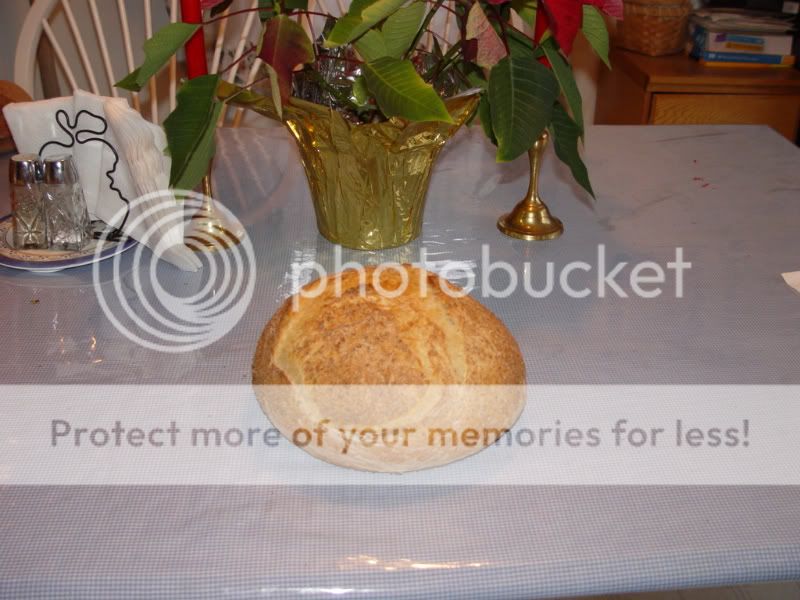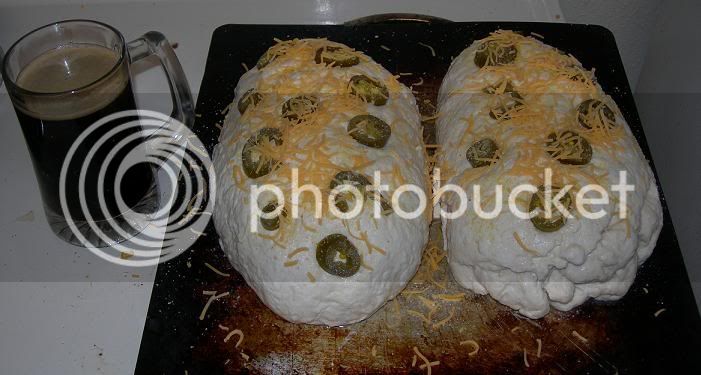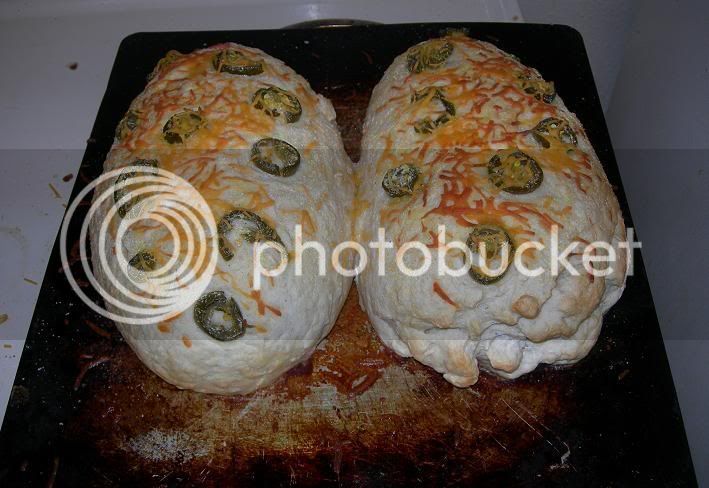Aahhh, bread. My last big obsession before beer came along...
As Zoe said, moisture content is important. Most folks are going to want to make their dough too dry and stiff, and will never get that nice satiny, baby's-bottom texture they're looking for.
Some doughs are so slack they're almost batter-like. Ciabatta, pugliese, pain l'ancienne. That's what gives them those big open holes and chewy texture. Dry doughs will have much smaller holes and more of a sandwich-bread texture.
Here's a pugliese dough I made a while back after some machine "kneading". Note the lovely gluten strands coming off the hook.
Here's a much drier sandwich bread for comparison:
And a sourdough that's somewhere in between:
So try a wetter dough and see how you like it. For a rustic dough I usually machine knead for 5-7 minutes then hand knead until it looks and feels good, another 3-5 minutes.
Someone suggested stretching out the dough to check if it's ready. This is the "windowpane test" and the same method I use. I break off a marble-sized piece of dough, flour it and try to stretch it into a sheet until I can see through it. If it tears apart before forming a sheet, I've got more kneading to do. Very easy, very reliable.
elkdog said:
Read, mark, and inwardly digest The Breadmaker's Apprentice by Peter Reinhart.
My bible. Get it. You won't be disappointed.
Don't forget to give us pictures to drool over!
You can see more of mine here.
-Joe










